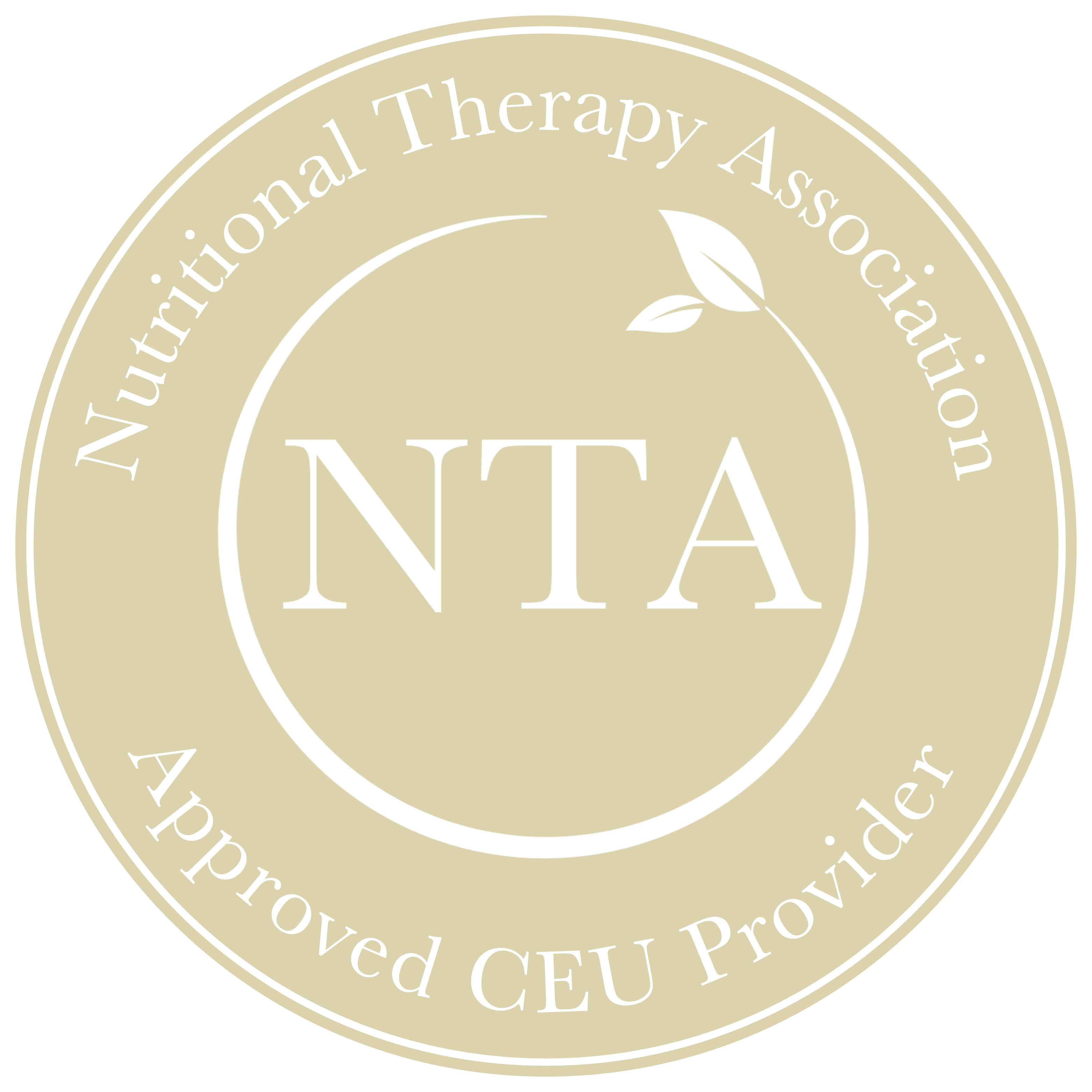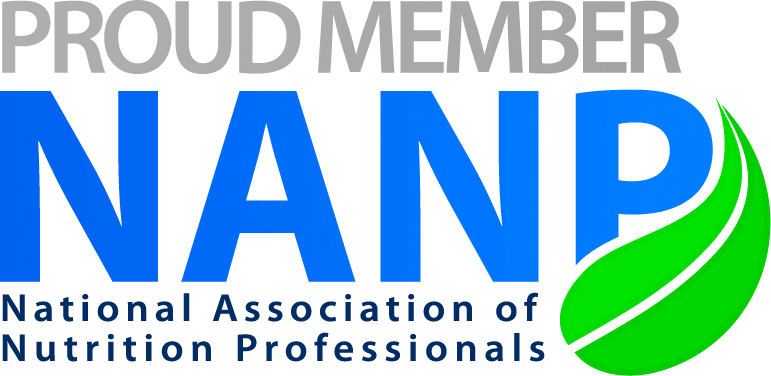It’s a Wednesday morning, 10:15 am. I have an hour and 15 minutes before my next meeting, just enough time to write the article I need to get done for my website.
I open up the blank document, and suddenly find myself going through email. A few quick replies later, I see I have some Slack notifications. I go in to make sure nothing is urgent. I look at the clock, it’s 10:28. Okay, time to tuck into writing. I still have an hour.
But I have 2 minutes until 10:30, so I pick up my phone and absentmindedly open up Instagram and begin the dreaded scroll… Any new likes or comments on my recent post? Oh, look, Jill added to her story, let me go check that out. Suddenly I look up with a start. It’s 10:46.
I’ve just wasted a total of 31 minutes on unimportant busywork and distraction. I chastise myself and head back into my blank document, with a quick pit stop via email just to make sure there is nothing new waiting for me…
I’m sure it’s no surprise that I didn’t get my article finished by my 11:30 meeting. In fact, I didn’t get the article done that entire day, and because I was on deadline, this meant I had to stay up after the kids were in bed and crank it out at night, which is something I am loath to do.
Sound familiar?
This pattern of procrastination, distraction, and busyness that takes over important work we’re here to do has a name: it’s called Resistance.
One of my all-time favorite writers, Steven Pressfield, describes it thusly:
Most of us have two lives. The life we live, and the unlived life within us. Between the two stands Resistance.
Have you ever brought home a treadmill and let it gather dust in the attic? Ever quit a diet, a course of yoga, a meditation practice? Have you ever bailed out on a call to embark upon a spiritual practice, dedicate yourself to a humanitarian calling, commit your life to the service of others? Have you ever wanted to be a mother, a doctor, an advocate for the weak and helpless; to run for office, crusade for the planet, campaign for world peace, or to preserve the environment? Late at night have you experienced a vision of the person you might become, the work you could accomplish, the realized being you were meant to be? Are you a writer who doesn’t write, a painter who doesn’t paint, an entrepreneur who never starts a venture? Then you know what Resistance is.
Every single one of us experiences Resistance. Sometimes it’s quiet and subtle, sometimes it’s loud and intrusive. Sometimes it is highly rational and reasonable: you’ve got a sick kid to take care of, so of course you can’t work on that project. Sometimes it’s incredibly sneaky – how did I end up in the kitchen staring into the fridge, again?
If you’ve got big dreams, I’ll bet you have danced with Resistance and on days like the one I described above, sometimes Resistance wins.
(In fact, Resistance is so persistent, I just looked up from the beautiful flow I was in, writing the above few paragraphs. I noticed my phone sitting next to me and it took every ounce of willpower not to pick it up and check it for… what? I’m not even sure. That’s how strong and cunning Resistance is.)
Resistance is that thing that sabotages us, takes us off course, and pulls us back into our normal – particularly when we’ve made some sort of commitment that stretches us out of our comfort zone. Resistance LOVES to mess with you when you’re feeling shaky and unsure.
And yet, we do not need to let it win. In fact, one of the most important muscles we can build is that of focus, of eliminating distractions, of putting Resistance in its place and clearing the way for us to do the important work we’re here to do.
Everyone’s Resistance has its own unique flavor. For me, it’s keeping overly busy and distracted; it’s saying “yes” to too many things and thus not being able to give myself fully to the one thing that is most important. For you, it might be an unsupportive partner or competing demands of a day job and your side hustle. It may be a health condition or something as simple as inexperience.
How do you figure out what your Resistance looks like? The easiest way is to look at what’s standing in between where you want to be or what you want to accomplish, and where you are now. In my example above, I wanted to write the article for my website, but what got in the way was a slew of tasky, mostly justified distractions: email, messaging colleagues, and then the sinkhole of social media.
It’s often easiest to identify Resistance in the minutiae of your day. When you begin your day, you probably have an idea of what you want to accomplish on that day. At the end of the day, if you didn’t accomplish what you set out to do, what got in the way? That is your Resistance. (Even an overambitious list of to-dos is its own form of Resistance. Sly little bugger, isn’t it?)
Once you’ve identified your Resistance, you’re 80% of the way to overcoming it. Awareness is most of the battle. Once you know what you’re dealing with, you can implement systems to overcome it. Here are some examples of how I continue to systematically eliminate Resistance (because it’s not a battle that is won and done – it’s an ongoing exercise we face every single day):
- I identify the #1 thing I need to get done that day to move toward my goal, and I make EVERY effort to do that thing first. Another way of thinking about this is “do the hard thing first.” The harder the thing, the greater the Resistance. Just do it and be done with it.
- Since I know that distractions are my biggest form of Resistance, I have turned off all phone and email notifications. I move my phone to the other room (it’s now sitting 20 feet away from me, so I can’t pick it up without conscious effort). I also turn off all programs on my laptop (especially email and Slack) that I know are too tempting to resist when those pings come in.
- I work in sprints. I set a timer for 45-60 minutes, turn my phone onto Do Not Disturb so it can’t even ring, close out all unrelated applications on my laptop, and just GO for that duration. When the ringer goes off, I’m often so immersed in the flow of what I’m working on, I keep going. Margaret, 1. Resistance, 0.
Ultimately what I’m doing here is systematizing my workflow as much as possible and optimizing my environment. I wrote about this a few months back in the context of supporting our clients to be successful in their protocols. This same approach works for us in everything we set out to do!
As a reminder, here’s the process in the context of practitioners, entrepreneurs, and business owners:
- What is your goal? Getting clear on what you’re trying to achieve is always the starting point.
- Take an inventory of your environment. What in your environment supports your goal? What aspects of the environment are working against your goal? My mentor, Bo Eason, recommends doing an inventory of all the distractions in your life. Remove anything that’s not supporting your goal, and enhance the aspects that support it.
- Remember that other people are part of your environment and thus can be Resistance in human form – are they supporting or sabotaging your ability to achieve your goal? How can they support you better? What conversations do you need to have?
- What can you automate? Where can you remove decisions? For example, when I turn my phone onto DND and place it in the other room, I’ve removed the decision of whether to pick it up or not.
- What accountability can you build into the process? Deadlines are excellent agents of accountability, as is publicly declaring your goal, or having an accountability buddy to brainstorm, dream and scheme with.
If you are a creator – and you are, or you wouldn’t be reading this blog – you will encounter Resistance. The question is, will you let it win?
If this is a topic you’d like to explore further, I highly recommend Steven Pressfield’s classic work: The War of Art: Break Through the Blocks and Win Your Inner Creative Battles. You don’t need to be a writer for this book to resonate. It’s my top go-to whenever I feel like Resistance is defeating me and I need some help.







